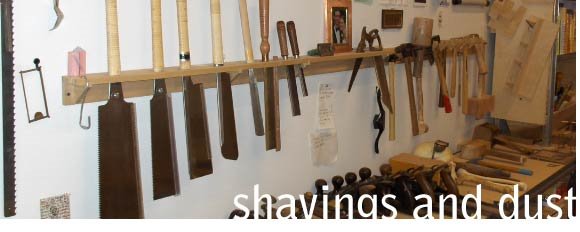 |
| This is our friend Dennis |
It being only a couple of weeks after Charlie was born, Karen was not up to joining us, though she came to the house to introduce the baby. My mother was in town, and Thomas came along. Planting trees is such a joyous and hopeful thing, and it is always even more fun to do it with a group, so I was glad there were so many of us. And we are trying to teach Thomas as many different creative acts as we can, so I was especially glad he would be there.
 |
| And this is our friend Jeannie |
On the kind of summer day usually reserved for movies and greeting cards, we went all started up the side of the hill behind their house. The woods and the landscape up here remind me so palpably of the landscape where I grew up, it is like putting on a favorite shirt. The woods we walked through had all been fields when our friends were young here, so this is a callow woods, lots of young, straight trees, reaching for the sun, the leaves a range of brilliant sap green where the sun hit them to the deep emerald of late summer. Because this had been farmland we walked past some apple trees, long grown gnarly with their twisted trunks but still bearing fruit.
 |
| Setting out with Boy and trees |
We don't spend as much time in woods as I would like, partly a function of living in a city and partly a function of how tightly my time is leveraged, and it was a pure joy to simply be surrounded by trees. The air tastes different, the sun feels different on the skin. On a sunny day in the woods there is something that makes me feel so safe, so tiny, and so hopeful, I miss it.
We walked out of the canopy of trees into the meadow, the bright sun suddenly brighter, and talked a little about things that had happened here over the years; a marriage, celebrations of different kinds. We met the trees already there, a twenty-year-old maple planted for a niece when she was born, an oak tree planted as an acorn from the green at Yale University when my friend was a student there. Maples grow so fast, it was so much taller and broader than the oak at the same age, these memories and markers in time manifesting differently depending on how we choose to commemorate them.
I had brought two saplings, both seedlings that took root from the big silver maple in our backyard. One was from last spring and the other from this spring, one for each boy. I liked that they came from our home, and that there would be a connection, as the boys grow and play in tree houses that we build in the tree or ride swings hung from the branches, these two young maples will be quietly growing on a meadow at the crown of a hill. We have plans to visit them frequently, to say hello to help us stay mindful of different ways of celebrating new lives.
Thomas helped by putting dirt around the saplings after the holes were dug and by holding worms for us. Compared to planting trees in our backyard, which has seen a lot of use and is pretty tightly packed, the loose, lovely loam of the meadow offered little resistance to the shovels, eager to accept the new life of the trees.

 The markers that I made to be with each tree will decay in time, as the trees themselves grow larger and stronger, and in a year or two they won't be needed at all, and the trees will have their own identities, as our two sons are starting to do already.
The markers that I made to be with each tree will decay in time, as the trees themselves grow larger and stronger, and in a year or two they won't be needed at all, and the trees will have their own identities, as our two sons are starting to do already.





























